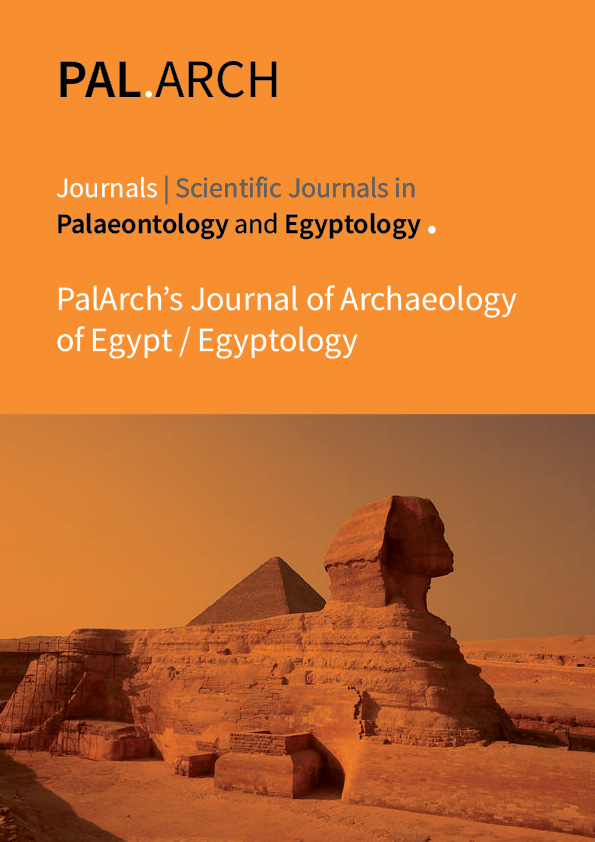A Comparative Study Of Ethnic Lao And Bodo Textiles
Abstract
The hill tribes of Laos and the Bodo tribes of Northeast India, having racial affinities,
share a lot of similarities in their ethnic culture, food habits and traditional textiles. Weaving is
an integral part of the traditional culture of both Bodo and Lao society. This study aims to
understand the similarities and the symbolic significance of the design motives and unique
colour combinations used in the ethnic Lao and Bodo textiles. In both the cultures the traditional
attire and textile bear symbolic significance, and it clearly represents the status of the weaver.
The hill-tribes of Laos and the Bodo tribes of Bodoland live amidst nature, therefore the textiles
woven by them reflect their belief, culture and relationship with the natural environment. The use
of colour, shape and their arrangements has varied embedded meanings. The Bodos and the Lao
ethnic groups create design on textiles for everyday and occasional wear. Both among the Bodo
tribes and in the ethnic Lao society handloom weaving is regarded as a folk-art having age old
features. In both the societies, weaving skills and folklore related to it are handed down orally
from generation to generation. Moreover, from the earliest times, textiles came to be associated
with social and ritualistic tradition playing a key role in socio-economic life of the community.
Thus, the colours, patterns and designs signify artistic property and social status.



